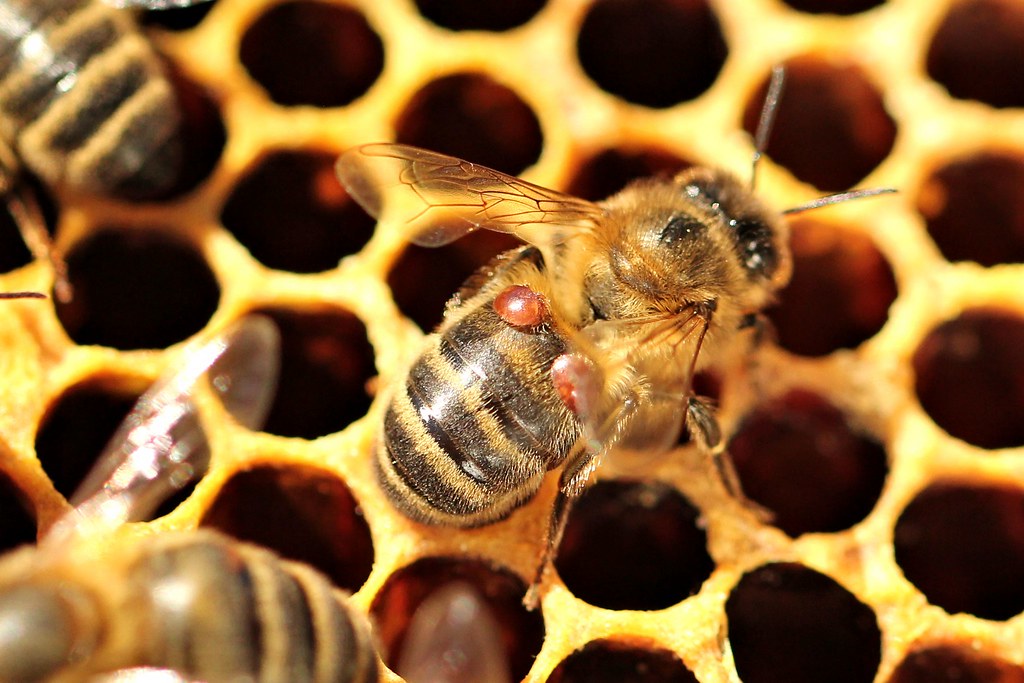

The varroa mite infestation continues to escalate among Hunter beehives.
There are now 24 infested premises in NSW with five new infested premises in the last day at Anna Bay, Heatherbrae, Williamtown, Mayfield and Lambton.
All of those premises fall within existing emergency zones so no new ones have been created.
Beekeepers and property owners in the state’s northwest are being reminded to report their hives to the NSW Department of Primary Industries (DPI) online after the 50-kilometre emergency zone was established this week due to an infestation stemming from the original varroa mite in Newcastle.
Beekeepers in the Central Coast Calga area have been advised that authorised officers will commence conducting hive inspections in the surveillance zone over the next week.
The NSW DPI is also reminding beekeepers who are in an emergency zone they can move their hives due to the current flooding conditions.
There are rules though:
– bees can be moved to a higher location on the same premises but only if that premises is in a flood watch area
– if honeybees and hives cannot be relocated to a safe location because the entire premises is at risk of flooding, beekeepers who are in affected areas may move their hives to a higher location ONLY WITHIN the emergency zone they are currently in
– after the hives have been moved under this permit, they cannot be moved back
– if you move the location of your hive, report it’s new location to www.dpi.nsw.gov.au/varroa or call the Exotic Plant Pest Hotline 1800 084 881

